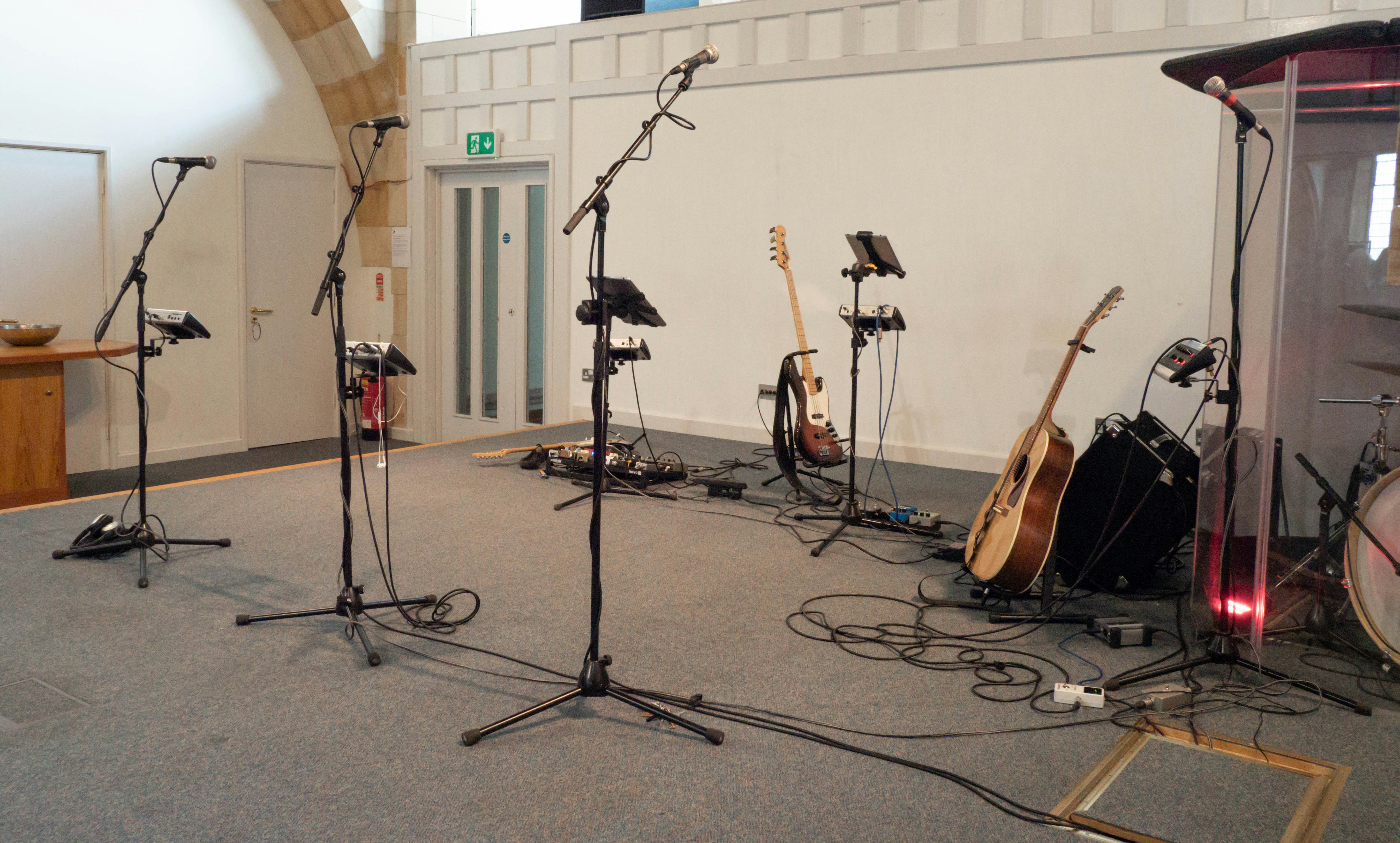Decoding EV Sounds: The Impact of Silence on Urban Life
The rapid rise of electric vehicles (EVs) is transforming not just our roadways, but also our cities' soundscapes. Imagine walking through a bustling urban street where the traditional roar of combustion engines has been replaced by an almost eerie silence. This shift isn't just changing the audio backdrop of city life; it's influencing the psychology of urban residents and necessitating new designs in our communities. In this article, we’ll dive deep into the fascinating interplay between electric vehicles and urban soundscapes, exploring their psychological effects on communities, and how society might adapt to this changing auditory environment.
The Quiet Shift: From Noise to Silence
Electric vehicles, with their electric motors, generate much less noise compared to their gas-guzzling counterparts. This substantial reduction in sound can have surprising consequences for both pedestrians and drivers. Research shows that noise influences human behavior and emotions, creating a psychological environment that can be either calming or anxiety-inducing. In urban settings, where constant noise can lead to stress, the shift to quieter streets might initially seem beneficial. However, it's not without challenges.
As cities embrace electrification, the very foundation of our auditory experience is undergoing modification. According to a study published by the Harvard Business Review, sound has a direct correlation with human emotions. The absence of typical vehicular sounds may create feelings of disconnection or unease—especially for individuals who rely on those auditory cues for safety (Harvard Business Review, 2023). The profound transformation of city environments necessitates a reflection on whether our urban design adequately considers these psychological implications.
Urban Design Adaptations in Response to Quieter Streets
With our urban landscapes growing quieter due to the influx of EVs, city planners must rethink the auditory aspects of their designs. Traditional traffic-related sounds are often embedded in the urban fabric, providing natural cues for navigation and safety. In a world dominated by EVs, enhancing sound design becomes essential.
This may include the incorporation of sound-producing elements for safety—think of low, pleasing tones that signal a vehicle’s approach or the use of ambient sounds to reinstate a sense of vibrancy in quieter neighborhoods. Beyond just auditory safety, the integration of sound-focused urban design can promote social interaction and community well-being. For instance, the design can involve urban parks that amplify natural sounds or clever soundscapes that provide layers of auditory experience, counteracting the monotony of silence.
Find out more about how communities can embrace these shifts in the article on urban sound design in the age of EVs.
Psychological Effects on Residents
Silence can be both refreshing and unsettling. People often associate sound with life, connectivity, and even security. The absence of sound may collect a host of emotions, from tranquility to anxiety. In densely populated urban areas where noise pollution has been a long-standing issue, the introduction of quieter streets through EV adoption can initially seem advantageous. However, over time, the sustained silence could amplify feelings of isolation.
Psychological studies have indicated that environments lacking in sound diversity may lead to decreased sociability among residents and an increase in feelings of loneliness. As communities become quieter, the presence of sound design elements, like background music in public spaces or community gatherings that celebrate auditory experiences, may mitigate some of these effects while fostering social bonds.
The Role of Sound Design in Electric Vehicles
With EVs leading the charge in noise reduction, manufacturers are tasked with making these vehicles not only quieter but also safer. As such, many car companies are exploring sound design as a vital feature of their EVs. The aim is to enhance the user experience while maintaining the essential cues needed for pedestrian awareness.
Companies like Nissan and Tesla are investing in sound technology to ensure that EVs are heard when they need to be—particularly at low speeds where they are almost silent. By implementing customizable sound features, drivers can choose alerts that can provide comfort and connection to their vehicle, all while ensuring pedestrians can hear their approach.
For deeper insights into sound technology in EVs, check out the post on in-car audio transformation with electric vehicles.
Addressing Community Concerns about Safety
As with any major shift in transportation, concerns about safety arise. Residents may feel apprehensive about the lack of traditional engine noise. This has led to discussions about regulations requiring sound emissions for certain speeds to mitigate pedestrian accidents. The National Highway Traffic Safety Administration (NHTSA) has even proposed legislation to ensure that all electric and hybrid vehicles produce sounds at low speeds.
On one hand, these guidelines aim to enhance safety for pedestrians—especially children, seniors, and those with visual impairments. On the other hand, they invite an opportunity to redefine urban soundscapes holistically. The balanced approach involves consultation with communities, ensuring their voices are heard in shaping both sound requirements for vehicles and the surrounding urban environment.
The Societal Implications of Quiet Mobility
The implications of quieter streets extend beyond sound alone. The rise of electric vehicles is ushering in a broader societal shift towards sustainability and eco-awareness. With less noise comes more spaces for community engagement, social interaction, and innovative urban design.
As urban planners reimagine community spaces, we can expect to see a thoughtful merge between nature and humanity. Parks, pedestrian pathways, and areas fostering social interactions can flourish amid calmer soundscapes. For a deeper exploration, check out biophilic design's role in urban environments.
Experiencing Urban Evolution with Enhanced Connectivity
Moreover, the transition to electric vehicles compels a transformation within our urban ecosystems. Cities are embracing technology solutions that enhance connectivity and provide real-time data, informing citizens about everything from traffic to air quality. The integration of EV charging stations into urban planning not only supports cleaner transportation but also enhances community connectivity.
With innovations focusing on transportation and urban experiences, cities are evolving into dynamic ecosystems, blending residential, commercial, and nature in an ecosystem beneficial for all. Leadership in this realm involves not solely technological advancements but also community involvement in crafting an urban narrative reflecting collective needs.
Final Thoughts: Embracing the Sounds of Change
As we continue to embrace electric vehicles, the impact of sound on urban environments is an evolving narrative. The quieter streets present both challenges and opportunities for urban dwellers to redefine how we perceive noise, safety, and sustainability.
Engaging in dialogue with communities, leveraging technology responsibly, and thoughtfully planning our urban landscapes will ensure that we create an environment where residents thrive—not just environmentally, but socially as well. As we adapt to the sound of silence, we must harness its potential, finding ways to enrich the life and vibrancy of our cities.
Moving forward, we must consider how these changes redefine our connection to our communities and to each other. How will we design our soundscapes to reflect the ethos of quiet mobility while still emphasizing the communal fabric that vibrantly knits us together?










